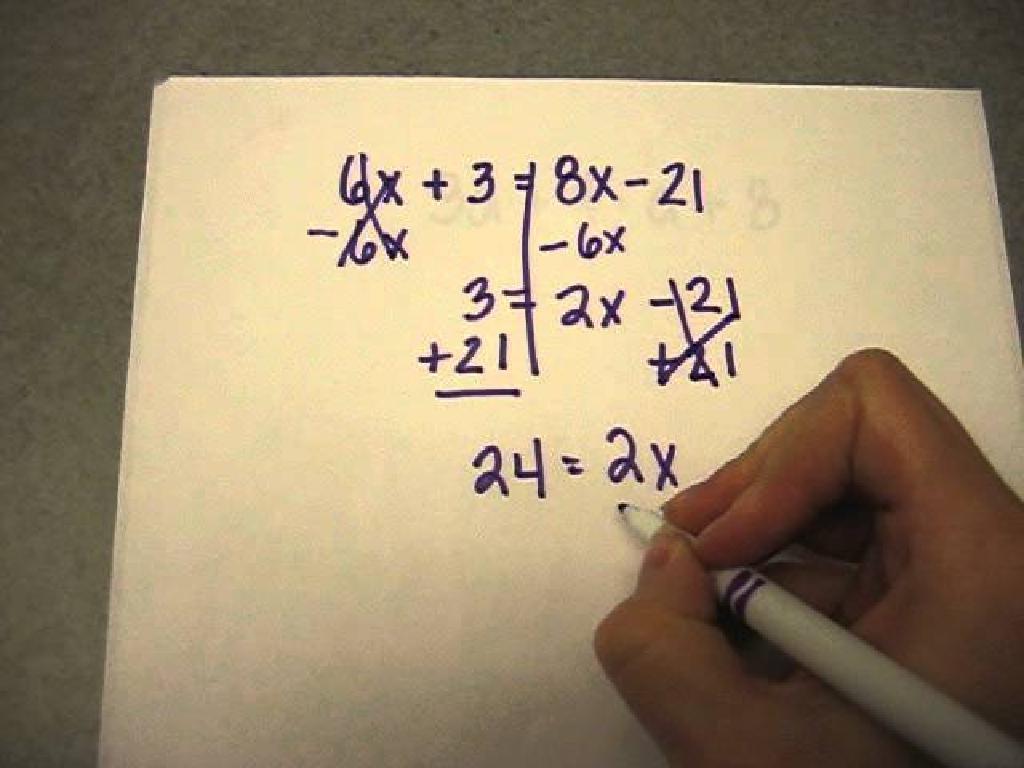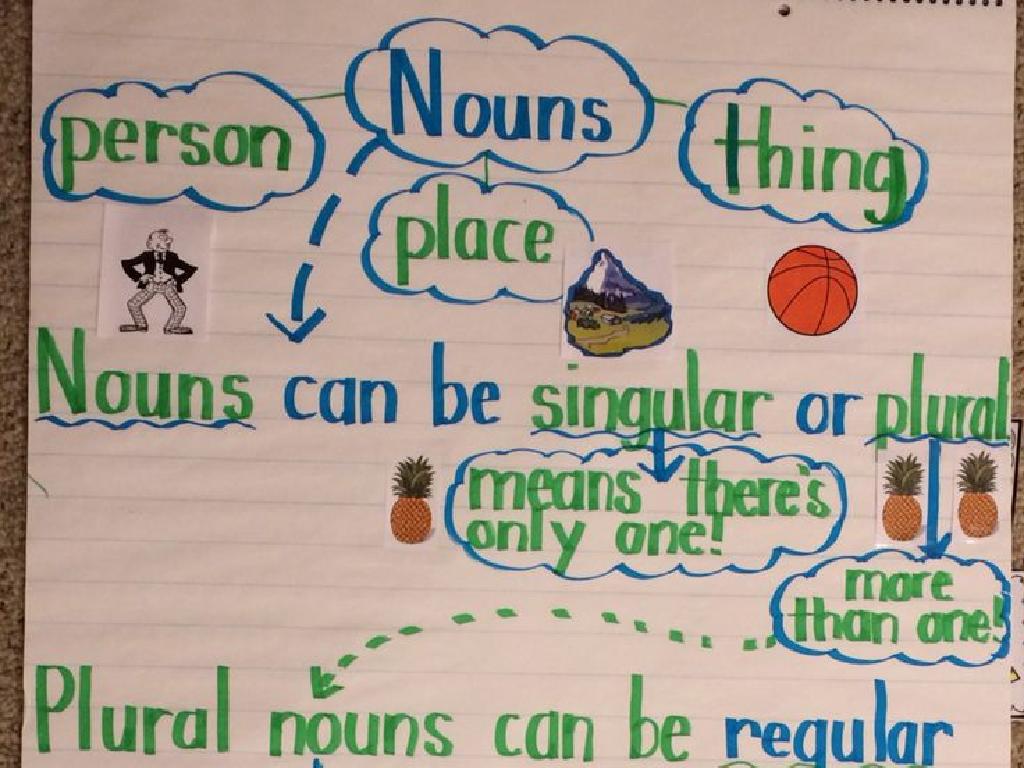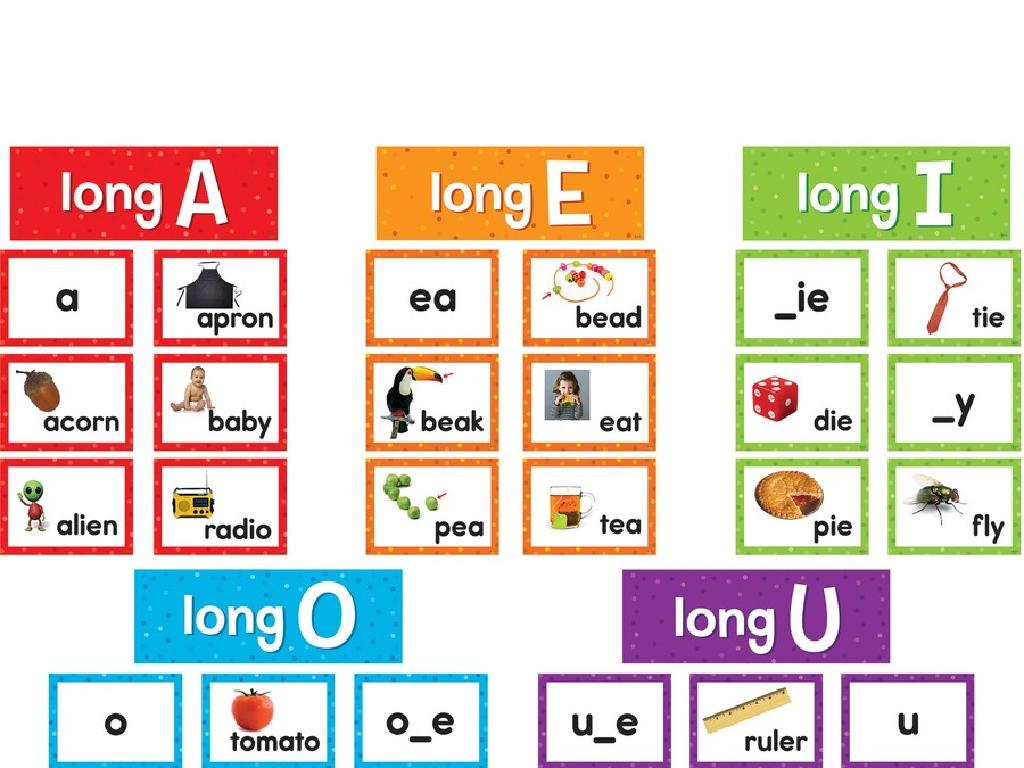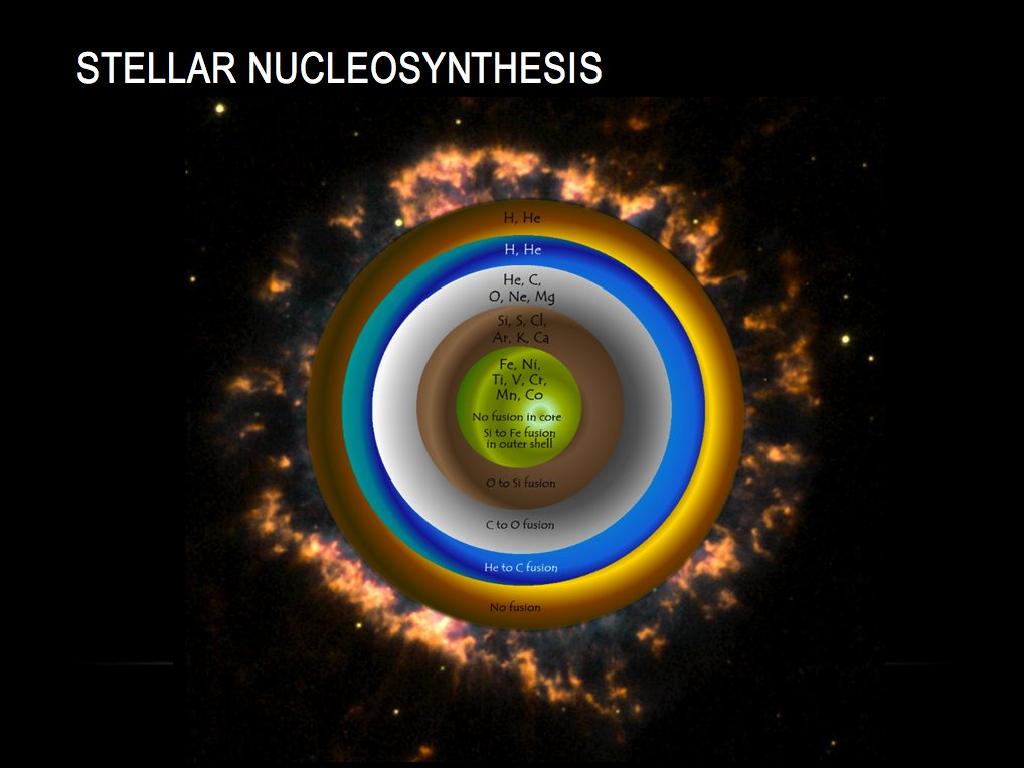Convert To/From A Number - Up To Hundreds
Subject: Math
Grade: Second grade
Topic: Place Value
Please LOG IN to download the presentation. Access is available to registered users only.
View More Content
Welcome to Place Value!
– Understanding place value
– Value of each digit
– Each position in a number has a different value.
– Converting to hundreds
– Learn to group by hundreds.
– Practice with examples
– We’ll convert numbers like 153 into hundreds and ones.
|
This slide introduces the concept of place value, which is fundamental in understanding how to work with numbers. Start by explaining that each digit in a number has a different value depending on its position. Use visual aids like blocks or charts to show that the digit in the hundreds place is worth 100 times more than the digit in the ones place. Demonstrate how to convert numbers into groups of hundreds and the remaining ones, such as turning 153 into ‘1 hundred and 53 ones’. Provide several examples and use interactive activities to reinforce the concept. Encourage students to ask questions and share their thoughts on why place value is important in everyday math.
Understanding Place Value
– What is place value?
– Place value determines the value of a digit in a number.
– Value depends on position
– A digit can mean different things based on where it’s located.
– Ones, tens, and hundreds
– We’ll explore digits in different places using numbers up to 100.
– Practice with examples
– Let’s try finding place values in numbers like 132 (hundreds, tens, ones).
|
This slide introduces the concept of place value, which is fundamental in understanding how to read, write, and work with numbers. Start by explaining that the value of each digit in a number is determined by its position. Use visual aids like blocks or charts to show ones, tens, and hundreds places. Engage the students with simple examples, such as breaking down the number 132 into 1 hundred, 3 tens, and 2 ones. Encourage them to practice with different numbers to solidify their understanding. The goal is for students to be able to identify the place value of digits in any given number up to hundreds.
Understanding Place Value: Ones, Tens, and Hundreds
– Ones represent single units
– Like 1 apple, 2 pencils, 3 marbles…
– Tens are bundles of 10 units
– Like 10 fingers, 20 toes, 30 crayons…
– Hundreds are bundles of 100 units
– Like 100 pennies, 200 stickers, 300 blocks…
– Practice with examples
|
This slide introduces the concept of place value, which is fundamental in understanding how to read, write, and work with numbers. Start by explaining that ones are individual units and can be visualized as single items. Tens are groups of ten ones, which can be thought of as a collection or bundle of items. Hundreds are groups of one hundred ones, or ten tens, and can be represented by larger collections. Use relatable examples such as objects in the classroom or everyday life to help students visualize these quantities. Encourage students to practice by grouping items into ones, tens, and hundreds to reinforce the concept.
Building Numbers with Base-Ten Blocks
– Objects represent place values
– Like using legos, each shape has a value
– Base-ten blocks visualize numbers
– A big block is 100, a stick is 10, and a cube is 1
– Building numbers activity
– We’ll use blocks to make numbers like 134
– Understanding hundreds, tens, ones
– Hundreds are big numbers, tens are medium, ones are small
|
This slide introduces the concept of place value through the use of base-ten blocks, which are a concrete tool for helping students visualize and build numbers up to hundreds. Explain that each type of block represents a different place value (hundreds, tens, ones). During the activity, guide students to use the blocks to represent numbers, reinforcing the concept of place value. For example, the number 134 would be built using 1 hundred block, 3 ten blocks, and 4 one blocks. Emphasize the size of the blocks in relation to their value to help students understand the concept of hundreds being larger than tens and ones. This hands-on activity will help solidify their understanding of how numbers are constructed.
Converting to Hundreds
– 10 tens equal 1 hundred
– Just like 10 dimes make a dollar, 10 tens make 100!
– 100 ones also equal 1 hundred
– Imagine 100 tiny blocks stacking up to a big block of 100.
– Exchange smaller units for larger
– It’s like trading 10 small toys for 1 big toy.
– Understanding place value
– Place value helps us see numbers as groups of tens and ones.
|
This slide introduces the concept of converting smaller units into larger ones, specifically focusing on the place value system up to hundreds. It’s crucial for students to grasp that 10 tens make a hundred, much like 10 dimes make a dollar, to understand the decimal system. Similarly, 100 ones make a hundred, which can be visualized as 100 individual blocks forming one large block. Encourage students to think of exchanging smaller units for larger ones as a trade, making it easier to count and understand larger numbers. Reinforce the concept of place value by showing how numbers are organized into groups of tens and ones, which is foundational for their understanding of the base-ten system. Activities can include using physical manipulatives like blocks or drawings to represent the conversion process.
Converting from Hundreds
– 1 hundred equals 10 tens
– Think of 1 hundred as 10 groups of 10
– 1 hundred also equals 100 ones
– Or as 100 individual units
– Breaking down hundreds helps
– Understanding larger numbers
– It’s like building with blocks!
|
This slide is aimed at helping second-grade students grasp the concept of place value by converting from hundreds to tens and ones. Start by explaining that a hundred is a big number, but it can be seen as a collection of smaller parts – just like a puzzle is made of pieces. Show them that 1 hundred is the same as 10 groups of ten, which they can visualize as ten rows of ten blocks each. Also, illustrate that 1 hundred can be made up of 100 single blocks or ones. Emphasize that understanding this breakdown is crucial for comprehending larger numbers and is the foundation for place value. Use manipulatives like blocks or counters to demonstrate this concept in a tangible way, allowing students to physically group and count the tens and ones.
Understanding Place Value: Hundreds, Tens, and Ones
– Break down 150 into tens and ones
– 150 is 15 tens and 0 ones
– Count hundreds in 300
– 300 has 3 hundreds, 0 tens, 0 ones
– Place value chart
– Practice with different numbers
– Try converting numbers like 240, 180, and 75
|
This slide is aimed at helping second-grade students understand the concept of place value up to hundreds. Start by explaining that numbers are made up of hundreds, tens, and ones. Use the example of 150 to show that it consists of 15 tens and 0 ones. Then, ask students how many hundreds are in 300 to reinforce the concept of hundreds. Introduce a place value chart to visually represent numbers in terms of hundreds, tens, and ones. Finally, encourage students to practice with different numbers, both during the lesson and as homework, to solidify their understanding. The teacher should prepare manipulatives like blocks or counters to help students visualize the breakdown of numbers into hundreds, tens, and ones.
Let’s Practice Place Value!
– Time to convert numbers
– Recall ones, tens, and hundreds
– Ones are single units, tens are groups of 10, hundreds are groups of 100
– Partner up for puzzles
– Find a classmate to work together on problems
– Solve place value challenges
– Use blocks or drawings to visualize numbers
|
This slide is designed for a hands-on activity where students will apply their knowledge of place value to convert numbers up to hundreds. Encourage them to think about the position of each digit in a number and what it represents. Provide place value puzzles that require them to break down numbers into ones, tens, and hundreds. For example, ‘What number is 3 hundreds, 4 tens, and 5 ones?’ Have them work in pairs to foster collaboration and peer learning. As a teacher, circulate the room to assist and challenge students with different levels of difficulty. Offer manipulatives like base-ten blocks or drawings to help them visualize the concepts. This activity will reinforce their understanding of place value in a fun and interactive way.
Class Activity: Place Value Bingo
– Let’s play Place Value Bingo!
– Listen for a number call-out
– Convert the number for your card
– Example: If you hear ‘one hundred twenty-three’, find 123 on your card.
– Mark five in a row to win!
|
This activity is designed to help students practice converting verbal number expressions into numerical form, reinforcing their understanding of place value up to hundreds. Prepare bingo cards in advance with a variety of numbers up to 100. As you call out numbers in word form, students will need to convert them to numerical form and check their bingo cards. Encourage students to think about the value of each digit in the number as they convert it. Possible variations of the game could include calling out numbers in expanded form (e.g., ‘100 + 20 + 3’) or using manipulatives to represent the numbers physically. The goal is to make learning place value fun and interactive.






